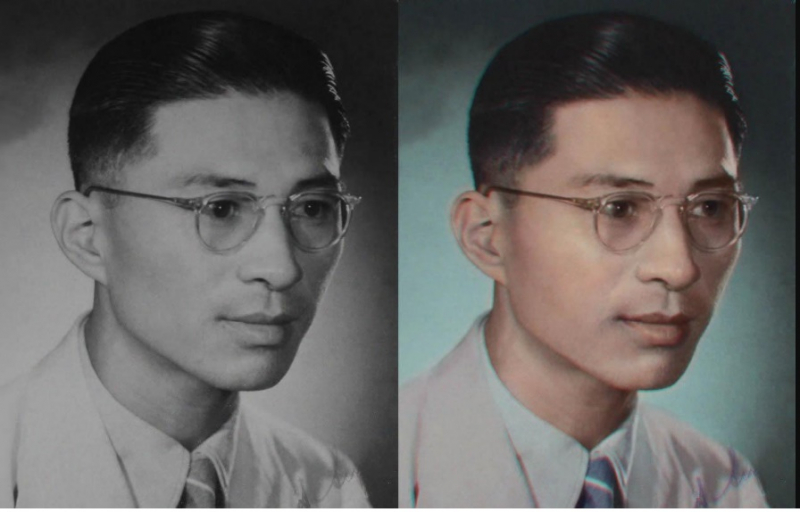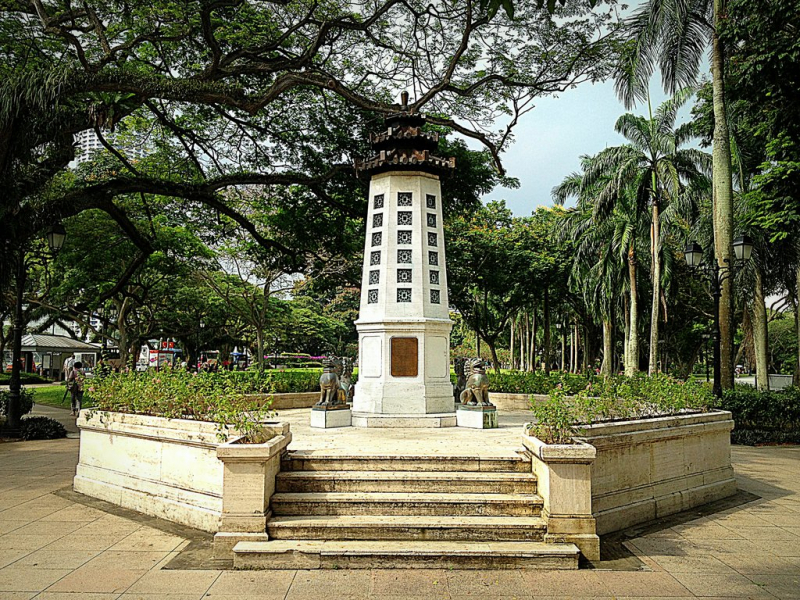Lim Bo Seng
One of the most important historical figures in Singapore you should know is Lim Bo Seng. Lim Bo Seng (27 April 1909 – 29 June 1944) was a Chinese-born resistance soldier who fought in Singapore and Malaya during WWII. Prior to the onset of World War II, he was a renowned businessman in Singapore's Chinese community. When the Second Sino-Japanese War began, he took part in anti-Japanese efforts in Singapore and then in Malaya.
During the Japanese occupation of the region, the British charged him with establishing Unit 136, a guerrilla task force supported by the Special Operations Executive (SOE). Lim was apprehended by the Kempeitai at a roadblock in Gopeng, Perak, around March or April 1944, and transferred to the Kempeitai headquarters for interrogation. Despite being tortured, he refused to give the Japanese any information about Force 136 and denounced the mistreatment of his companions in prison. By the end of nbMay 1944, he was bedridden due to dysentery. Lim died in the early hours of June 29, 1944, at the age of 35, and was buried in an unmarked grave beyond the Batu Gajah prison compound.
Lim's remains landed in Singapore's Tanjong Pagar railway station on December 7, 1945. Upon arrival, a big procession of British officers and notable merchants led the hearse from the station to the Hock Ann Biscuit Factory in Upper Serangoon Road through Armenian Street. On the same day, a memorial service for Lim was held at the Kuomintang Association's Tong Teh Library in Singapore. On January 13, 1946, a funeral service was held at City Hall. Lim's body was taken in a casket to a hill in MacRitchie Reservoir and buried with full military honors. The Nationalist administration of the Republic of China conferred the rank of Major-General on Lim posthumously.
On the 10th anniversary of his death, the Lim Bo Seng Memorial was unveiled at the Esplanade on June 29, 1954. Bo Seng Avenue in Thomson, Singapore, and Jalan Lim Bo Seng in Ipoh, Malaysia, is also named after Lim.








